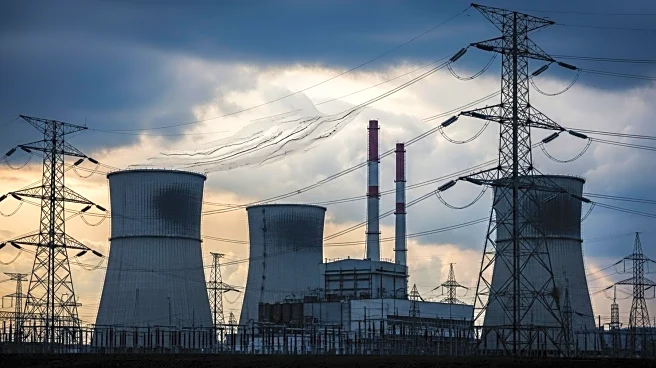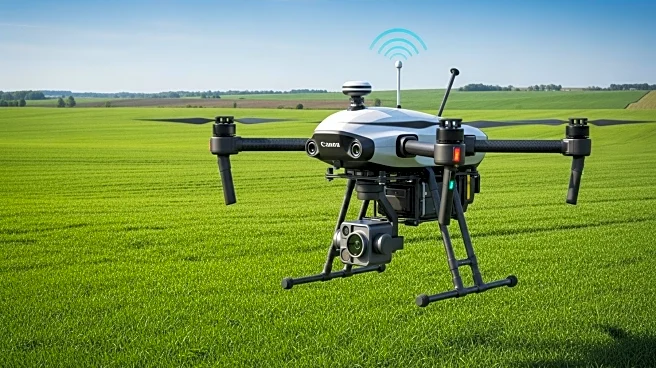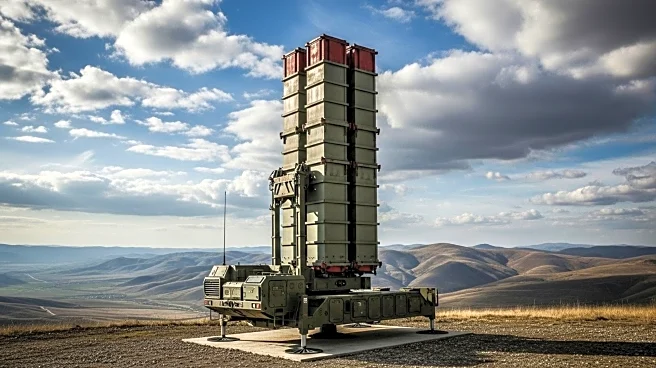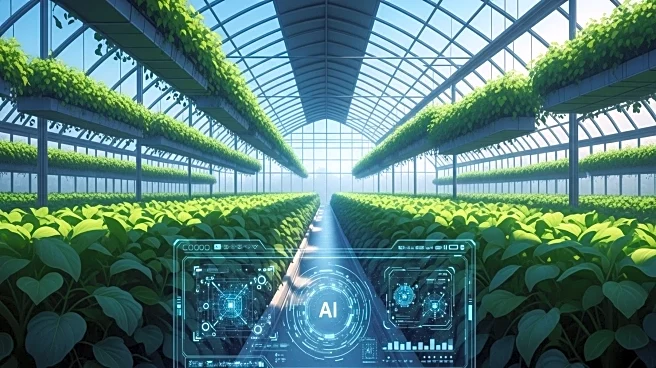What's Happening?
Despite the ongoing conflict, Ukrainian agriculture is rapidly adopting high-tech solutions to enhance productivity and efficiency. Farmers are utilizing GPS autopilots, AI yield forecasts, and satellite monitoring systems to navigate challenges such as minefields and missile strikes. The adoption of precision agriculture techniques is widespread, with significant portions of farms using technology to track machinery, forecast yields, and coordinate field operations. This shift is driven by the need to maintain and increase food exports, which are crucial for feeding millions globally, particularly in regions like the Middle East and North Africa.
Why It's Important?
The digitization of Ukrainian agriculture represents a significant shift in how the industry operates under duress. By leveraging technology, Ukrainian farmers are able to increase yields and efficiency, which is vital for sustaining the country's economy and global food supply chains. This transformation not only helps mitigate the impact of the war but also positions Ukraine as a leader in agricultural innovation. The move towards high-tech farming could inspire other nations facing similar challenges to adopt technology-driven solutions to enhance food security.
What's Next?
As Ukrainian agriculture continues to digitize, the industry may see further advancements in technology adoption, potentially leading to increased international collaboration and investment. The ongoing conflict poses challenges, but the resilience shown by Ukrainian farmers could lead to new partnerships and support from global agricultural technology firms. The focus will likely remain on optimizing production and export logistics to ensure food security and economic stability.
Beyond the Headlines
The shift towards high-tech agriculture in Ukraine highlights broader themes of resilience and innovation in the face of adversity. It raises ethical questions about the role of technology in conflict zones and the balance between technological advancement and traditional farming practices. The long-term implications could include a redefinition of agricultural norms and increased reliance on digital solutions in global food production.











